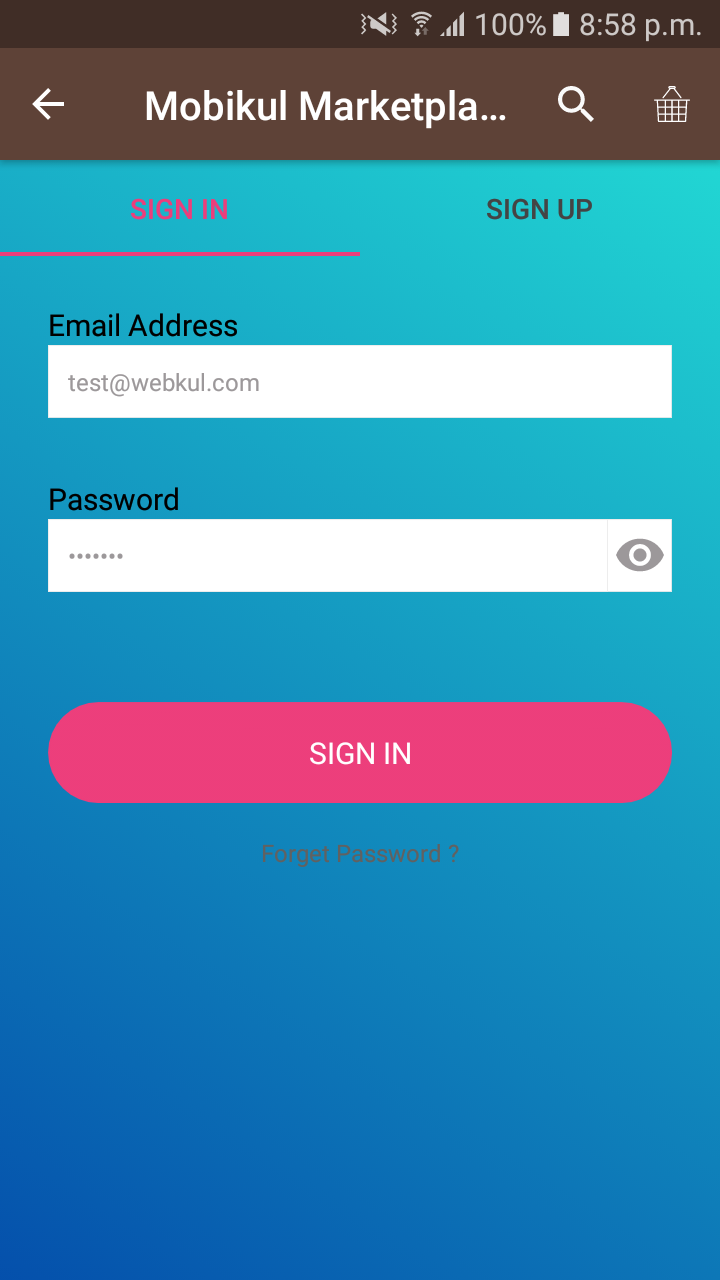

- #Android studio app name colo how to#
- #Android studio app name colo for android#
- #Android studio app name colo android#
- #Android studio app name colo code#
How to Set Up Themes, Colors, and Fonts with Jetpack Compose Not to mention the main API for getting these resources is Context, which is a class you really do not want to leak in memory.Įnter Jetpack Compose. The result for us application developers is most often a lot of boilerplate code, some hacky workarounds for things which intuitively seem like they should be one-liners.
#Android studio app name colo android#
Add that they must also try to have new features work on older Android OS versions, and that becomes a very thankless job. The root problem for everyone involved is tight coupling to the View system and the Android resource system (which are themselves tightly coupled together).įor the platform developers, this means they have to build on top of, or work around gigantic and old codebases.
#Android studio app name colo code#

This can present difficulties for both platform and application developers. In order to integrate our XML-based resources into our JVM-based application code, we must necessarily have layers of translation (compilation) and platform bridges (APIs). It is merely an observation of how design decisions always have benefits and costs. Please note that this is not meant as a criticism of the platform developers/engineers. Personal preference aside, there is a more technical reason why XML resources are not always ideal. In fact, there are very few things I would prefer to do in XML over a modern, idiomatic, and elegant language such as Kotlin or Swift. While I would never want to manage the boilerplate code necessary for localized string resources myself, that does not mean I enjoy writing XML. This saves us having to write that boilerplate code ourselves. The resource system gives us a place where app developers can provide localized resources which the platform can select for at compile time. Those are just two common examples – there are plenty more.
#Android studio app name colo for android#
In this article, we will learn how to style and theme an application in Jetpack Compose.Ĭompose is a new UI framework for Android (though Desktop and Web support is being developed), which replaces the old XML-based View system.


 0 kommentar(er)
0 kommentar(er)
